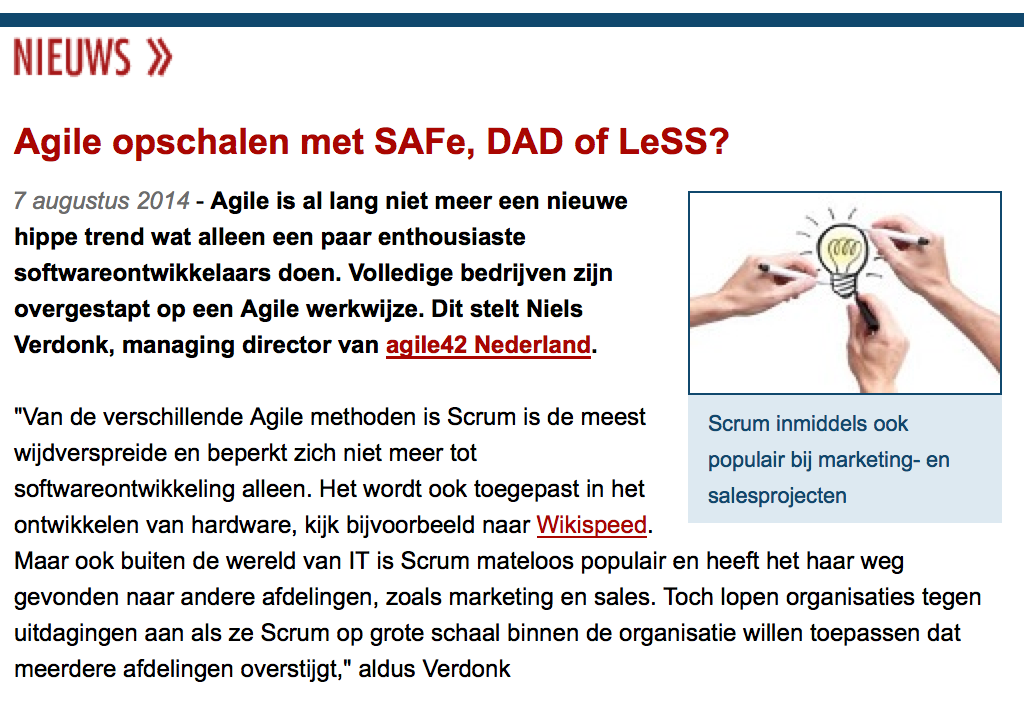Companies doing agile transformations must empower their development teams or Product Owners to say no.
No is important, it is also very final. It implies that you can’t have whatever it is that you want. That is not an answer that Product Owners, trying to keep customers happy can go back to their customers or bosses with.
Here are some ideas on better ways to have those conversations.
Team Capacity:
What does this have to do with not saying no?
Helping stakeholders to understand the impact of adding work to a full system is a valuable way to start this conversation. In this instance, the conversation must be about when this feature can be delivered in relation to what the team is already busy with.
Evaluating how important the new project or feature is versus what the team is already busy with is another way.
Understanding the impact of changing direction mid product is also a valuable conversation to have. Every new feature or product added to a backlog means one that doesn’t get completed right now. Making sure that you are focusing on the right features and that everyone understands the impact of changing those features is a very valuable way to start an important conversation.
Feature Value:
Features and projects are often pushed into teams without a real estimation of, or a way to measure their value. If we as Product Owners understand the value of each of the features we need to deliver, at least in a rough and estimable way, then making decisions about what is important and having conversations about what is and isn’t going to get done now is much easier.
The Rubbish bin:
I recently moved, and I had to pack up much of my house. The result was that it was a great time to purge. Anything that I hadn’t looked at or used in the past six months or year had the potential to go in the “throw it” pile. I have seen software backlogs that could use the same heuristic.
Obviously there are exceptions to this rule, but if something is constantly being sent to the back of the backlog, how important is it. Understanding the value and the impact of that feature will aid in getting it moved up the list. If we can’t measure or understand that value in some way, it’s time to send it to the rubbish bin. The ‘we aren’t going to do that pile’.
In essence, there are many ways to say No, and we need to find the most useful way to do that. We as development teams and Product Owners need to use the information that we have. We need to have valuable conversations about what is possible and what is not. And we need to use that information effectively to address the fears and concerns of the business and our customers.
No is a very final statement, finding useful ways to say, not right now or is this the most valuable thing we should be doing is a more effective way of having this conversation.
Photo by Gemma Evans on Unsplash



